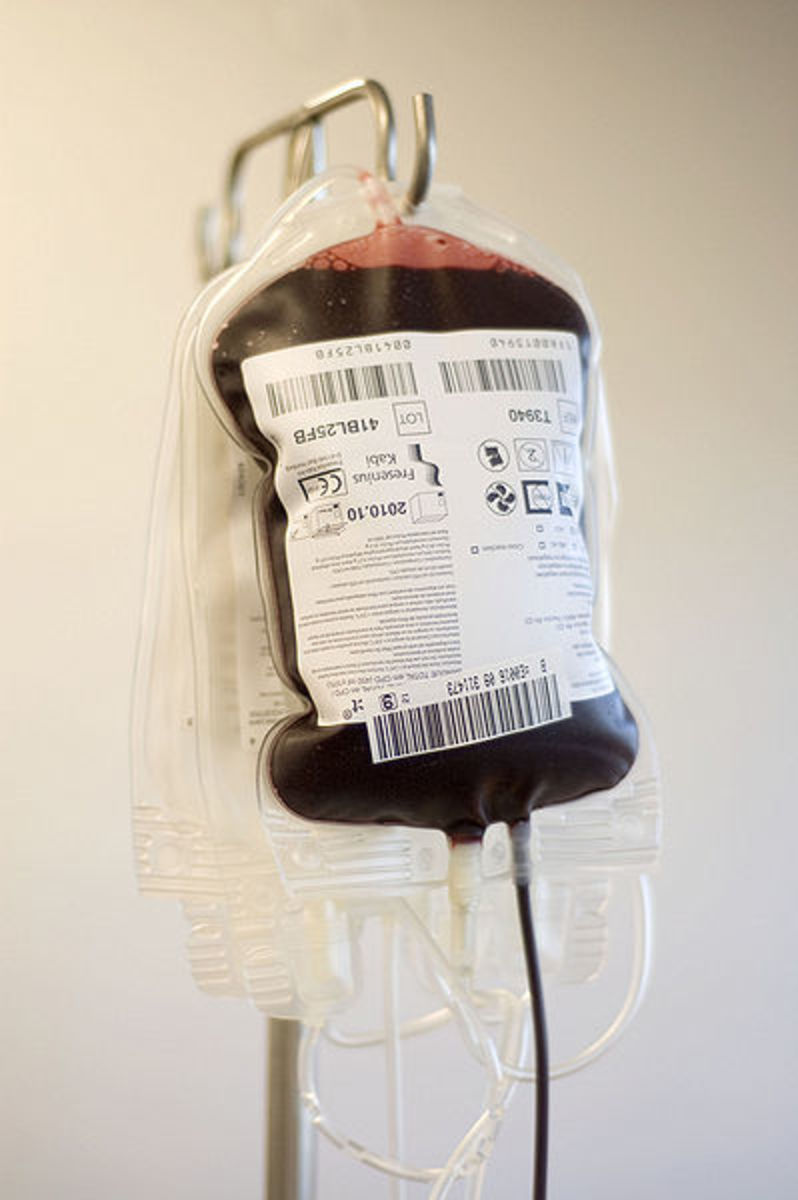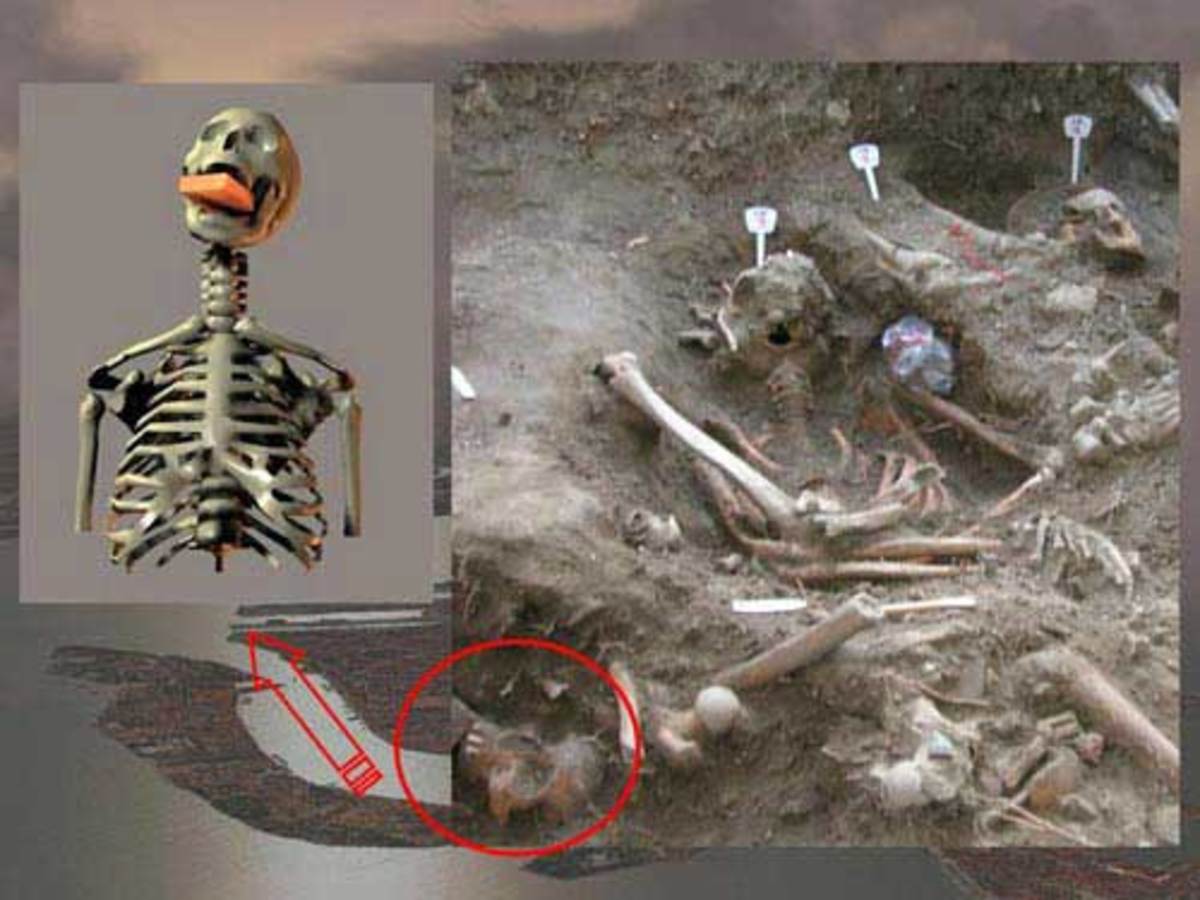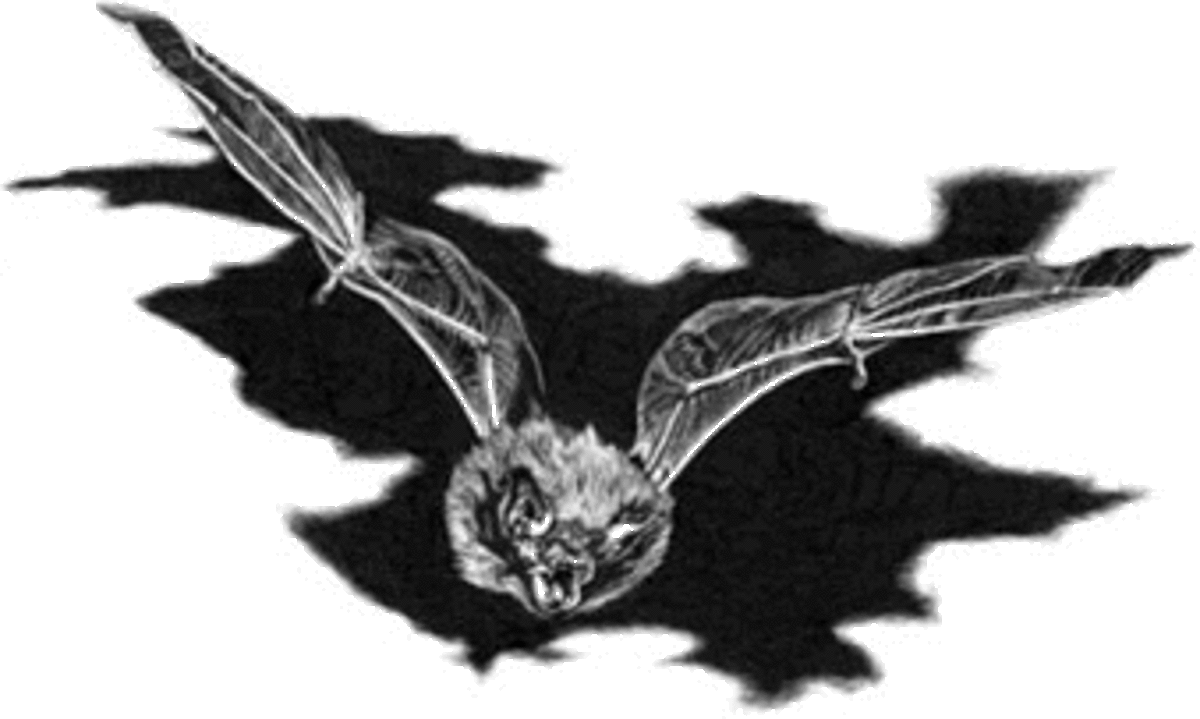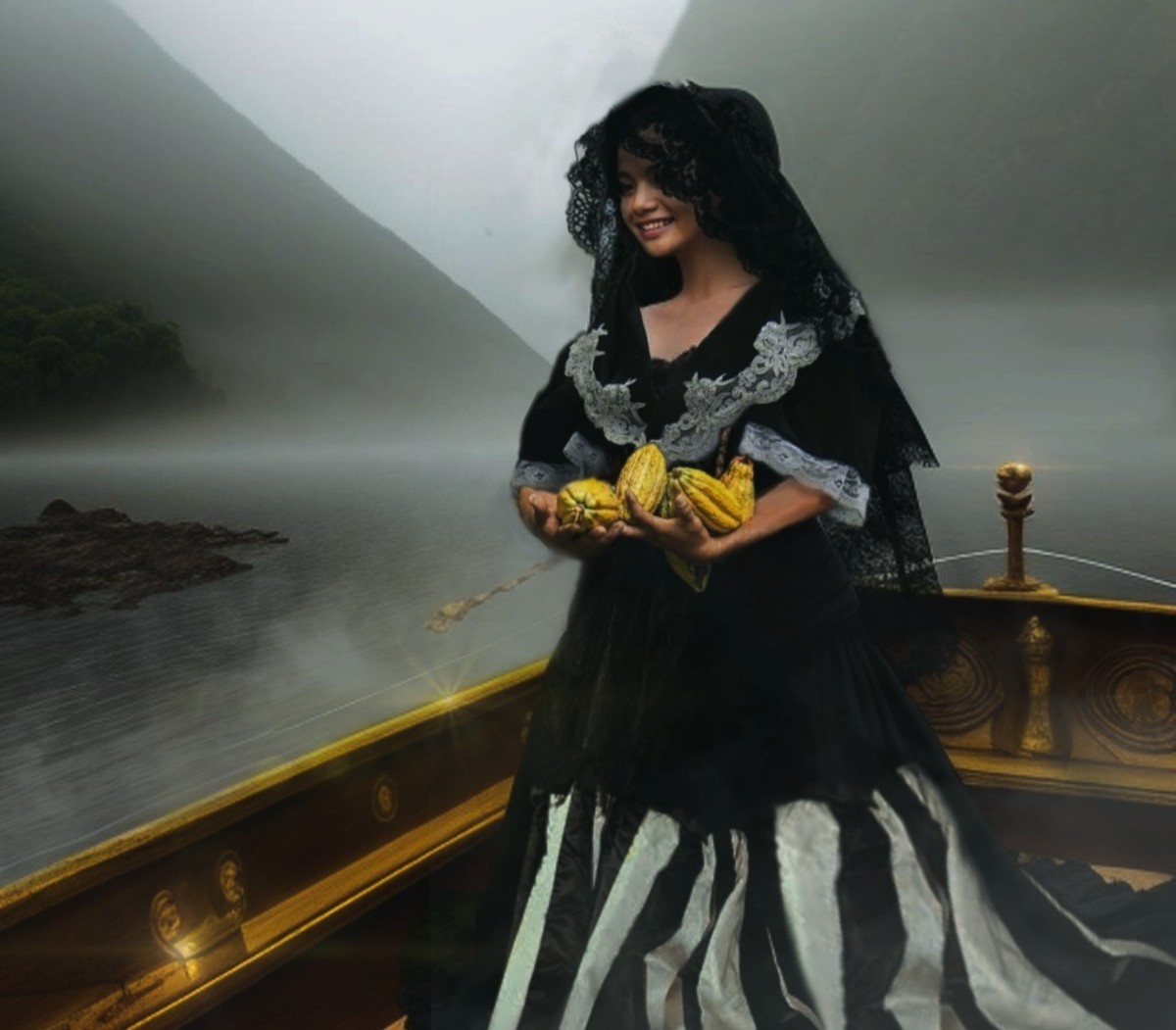Are Modern Vampires Even Possible?

by Chuck Lyons
In November 1996, a 16-year-old named Roderrick "Rod" Ferrell along with an accomplice killed two people in Eustis, Florida by beating them to death with a crowbar. When arrested four days later, Ferrell claimed he was a 500-year-old vampire named Vasego and that police would never be able to hold him.
He is now being held in a Florida prison.
Regardless of his beliefs he was not a vampire. Nor are the many who frequent vampire Web sites—there is even a vampire dating site—or otherwise hang around the Goth subculture. Some settle for simply wearing capes while others go so far as to get their eye teeth sharpened into fangs. But are they vampires?
Probably not.
Science tells us human blood is filled with iron, and iron is toxic. Ingest enough of it, and it would result in one less vampire.
So where did the vampire legend get started?
Mythologicly, the first vampire was a human named Ambrogio, an Italian-born adventurer who somehow found himself in Delphi, Greece where he crossed the god Apollo. Angered, Apollo cursed him saying that his skin would burn if it was ever touched by sunlight. Later Apollo’s sister Artemis added a bit more: Ambrogio’s skin would also burn if it touched silver. Meanwhile Ambrogio had also lost his soul while gambling with Hades, the god of the underworld. But his luck was about to change. Artemis took pity on the by now shell-shocked Ambrogio and gave him immortality in his current form. She also gave him unnatural speed and strength.
Thus, the vampire was born.
But science has a different story.
According to modern researchers, the vampire story seems to have originated in eastern Europe—perhaps as early as the pre-Christian era—because of a misunderstanding of the decomposition process. Perhaps, a disinterred corpse did not look as people through it should. Rates of decomposition vary depending on temperature and soil composition, and many of the signs were—and are—little understood. This led vampire hunters to mistakenly conclude that a dead body had not decomposed at all, or, ironically, to interpret signs of decomposition as signs of continued life. In addition, corpses swell as gases from decomposition accumulate in the torso and the increased pressure can force blood to ooze from the nose and mouth. These same gases could also cause a body to look “plump" or even "well-fed."
Grisly stuff to contemplate.
Another possibility is that the legend originated with the rare blood disorder porphyria, which was known in the Middle Ages. In porphyria, an important part of hemoglobin (blood) called heme is not made properly and results in sufferers’ skin being sensitive to sunlight. In addition, shrinking gums that often make their teeth look more prominent and “canine-like.” They also frequently have an adverse reaction to garlic.
All attributes of modern vampires.
It is also believed that Medieval doctors treated the disease by having their patients drink blood to make up for the loss of blood the doctors believed they were suffering.
The vampire legend began to leak into western Europe in the 18th century when there was a frenzy of vampire sightings in Transylvania, with the frequent disinterring of corpses and the driving of stakes through the hearts of corpses. But this rash of “sightings” blossomed into the European consciousness when it ran into Lord Byron and especially his personal physician Dr. John Polidori.
Born in London in 1795 and educated at the University of Edinburgh, Polidori entered the service of Byron in 1816 and travelled with him on a trip to the continent. There at the Villa Diodati a house Byron rented by Lake Geneva in Switzerland, the pair met with Mary Wollstonecraft Godwin, her husband-to-be, Percy Bysshe Shelley, and their companion (Mary's stepsister) Claire Clairmont. One night that June, Byron set the group the task of writing a ghost story or horror story. Polidori wrote a fragment that later became his full-length tale "The Vampyre,” which was published in April 1819. (It has also been suggested the Polidori based his story on a fragment created by Byron that June night).
In either case, the first modern vampire story in English,
Next came Bram Stoker.
An Irish writer and theater manager, and writer, Stoker met the an Hungarian writer named Ármin Vámbéry and was entertained by the latter’s dark stories of the Carpathian mountains. Stoker then spent several years researching European folklore and mythological stories of vampires. The result was Dracula, a novel that was published in 1897, that cemented the vampire legend in the modern consciousness.
And created Roderrick Ferrell.
In 1998, Ferrell, then 17-years-old pleaded guilty to the murders and became the youngest person on Florida’s Death Row. Two years later, the Florida Supreme Court reduced his sentence to life in prison.
He is being held without the possibility of parole.
© 2017 chuck lyons








